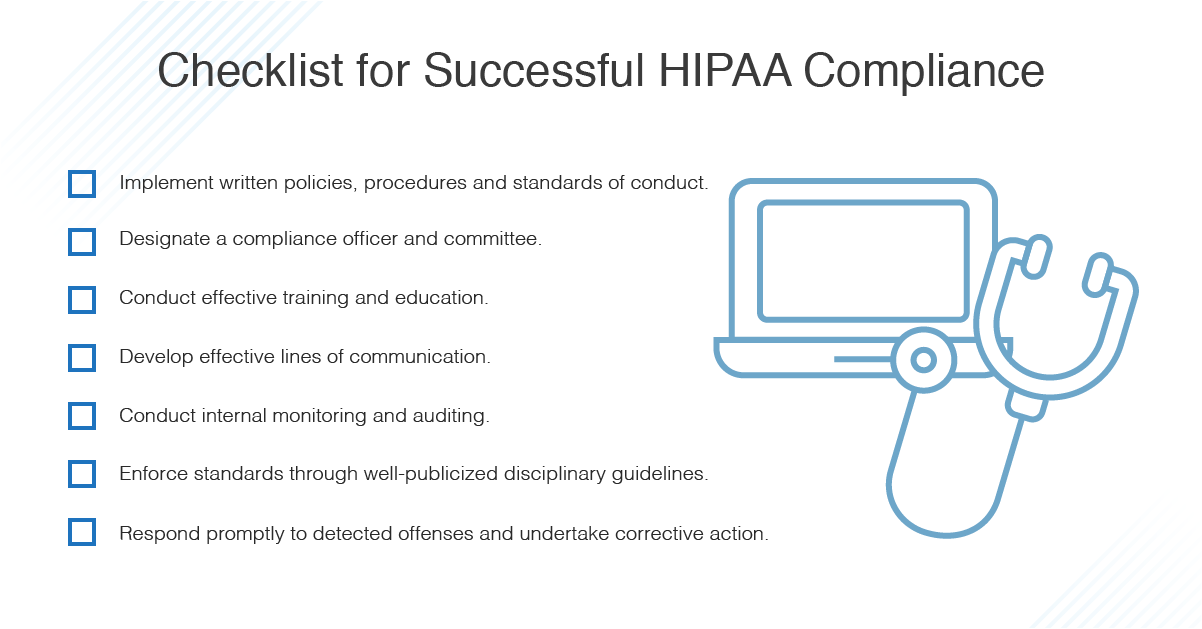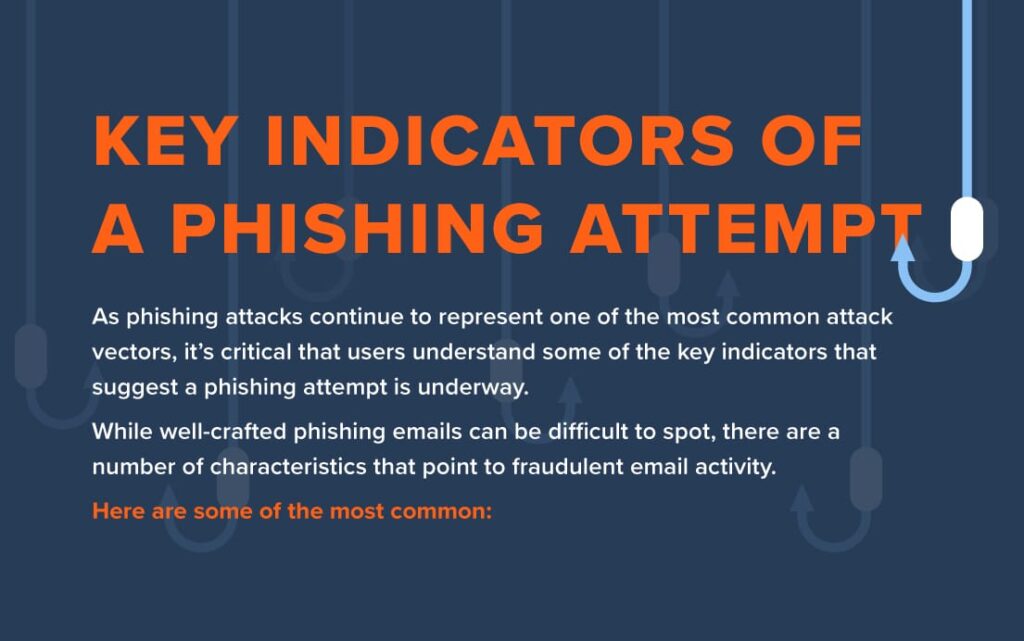It is no secret that HIPAA compliance is essential for any business to protect their customers’ sensitive information. With the ever-changing landscape of healthcare regulations and technology, it is important to stay up to date on all aspects of HIPAA compliance. But what is the key to success for HIPAA compliance?
The answer lies in a combination of proper training, implementation of security measures, and staying aware of the latest industry developments. By understanding the regulations and best practices, an organization can ensure that their systems and processes are compliant with HIPAA standards. With proper training and awareness, an organization can ensure that their systems and processes remain compliant and secure for their customers.
The key to success for HIPAA compliance is having a comprehensive understanding of the HIPAA regulations, implementing appropriate administrative, physical, and technical safeguards, and regularly monitoring compliance. Understanding the regulations is the first step in creating a comprehensive compliance program. It is important to understand the requirements for each of the components of the HIPAA Security Rule and how they apply to your organization. Once the rules are understood, implementation of the appropriate safeguards to meet the requirements must be done. Finally, monitoring compliance and updating safeguards as needed is critical to staying compliant.

What is HIPAA Compliance?
The Health Insurance Portability and Accountability Act (HIPAA) is a federal law that requires healthcare organizations to protect and maintain the privacy of patient health information. This includes protecting all electronic and paper records, as well as all communications between healthcare providers, patients, and other third parties. HIPAA also ensures that sensitive health information is kept confidential, secure, and accessible only to authorized personnel.
Key to Success for HIPAA Compliance
Ensuring HIPAA compliance is a complex and ongoing process that requires a comprehensive approach. While the law is complex and can be challenging to understand, there are a few key steps organizations can take to ensure compliance.
Assess Risk
The first step in any compliance program is to assess the risk of non-compliance. This involves identifying all areas of the organization that are subject to HIPAA regulations and any potential risks of non-compliance. This assessment should be conducted on an ongoing basis to ensure that all areas of the organization are in compliance.
Once the risk has been identified, organizations should create a plan to mitigate any potential risks. This plan should include a detailed list of procedures and policies that will ensure the organization is in compliance. These procedures and policies should be regularly reviewed and updated as needed.
Implement Policies and Procedures
Once the risk assessment is completed, organizations should implement policies and procedures to ensure compliance. These policies and procedures should be tailored to the organization and should include guidelines for handling patient information, training employees on HIPAA regulations, and developing and maintaining secure systems for storing patient information.
Organizations should also establish a process for auditing and monitoring compliance. This should include regular reviews of employee training and procedures to ensure that all areas of the organization are in compliance. Organizations should also establish a process for responding to security breaches and any other potential non-compliance issues.
Train Employees
Organizations should ensure that all employees are adequately trained on HIPAA regulations and any other procedures related to compliance. This should include regular training sessions and refresher courses to ensure that all employees are aware of their responsibilities. Employees should also be aware of the potential penalties for non-compliance and the importance of following all procedures related to HIPAA.
Develop Secure Systems
Organizations should also develop secure systems for storing patient information. This includes encrypting all data, using secure networks and firewalls, and regularly monitoring systems for any potential security breaches. Organizations should also develop a process for responding to any potential security breaches and ensuring that patient information is kept secure.
Regularly Monitor Compliance
Organizations should also establish a process for regularly monitoring compliance. This should include regular audits of employee training and procedures, system reviews, and reviews of any potential security breaches. Organizations should also establish a process for responding to any potential non-compliance issues.
Enforce Policies
Organizations should also ensure that all policies and procedures related to HIPAA compliance are enforced. This includes ensuring that all employees are aware of their responsibilities and that any potential violations are addressed promptly. Organizations should also establish a process for responding to any potential violations and taking corrective action.
Stay Up to Date
Finally, organizations should ensure that they stay up to date on any changes to HIPAA regulations. This includes regularly reviewing any new laws and regulations and updating policies and procedures as needed. Organizations should also monitor any changes to state and federal laws and regulations that may impact HIPAA compliance.
Overall, ensuring HIPAA compliance is a complex and ongoing process that requires a comprehensive approach. By assessing risk, implementing policies and procedures, training employees, developing secure systems, regularly monitoring compliance, and staying up to date on any changes, organizations can ensure that they are in compliance with HIPAA regulations.
Frequently Asked Questions About HIPAA Compliance
HIPAA compliance is a necessary requirement for healthcare organizations to protect the privacy of health-related information. This article will address common questions related to HIPAA compliance and the key to success for achieving it.
What is HIPAA Compliance?
HIPAA compliance is the process of ensuring that healthcare organizations comply with the Health Insurance Portability and Accountability Act (HIPAA) of 1996. This law sets out standards for the security, privacy and confidentiality of patient health-related information. The aim of HIPAA compliance is to ensure that healthcare organizations have appropriate administrative, physical and technical safeguards in place to protect the privacy of patient health-related information.
What are the Key Components of HIPAA Compliance?
The key components of HIPAA compliance are administrative, physical and technical safeguards. Administrative safeguards involve the development and implementation of policies and procedures to ensure the security and privacy of health-related information. Physical safeguards involve the physical protection of health-related information, such as secure storage and destruction of paper records and proper security measures for electronic records. Technical safeguards involve the use of technology to protect the security and privacy of health-related information.
What are Some Key Steps to Achieving HIPAA Compliance?
There are several key steps to achieving HIPAA compliance. These include conducting a risk assessment to identify potential risks to the privacy of health-related information, creating a comprehensive HIPAA compliance plan, training employees on HIPAA compliance requirements, implementing physical, administrative and technical safeguards, and regularly monitoring and auditing the organization’s HIPAA compliance.
What are the Penalties for Non-Compliance with HIPAA?
The penalties for non-compliance with HIPAA can be severe. Organizations found to have violated HIPAA can be subject to civil and criminal penalties. Civil penalties can range from $100 to $50,000 per violation, with a yearly maximum of $1.5 million. Criminal penalties can include fines up to $250,000 and up to 10 years in prison.
What is the Key to Success for HIPAA Compliance?
The key to success for HIPAA compliance is for organizations to create and maintain a comprehensive HIPAA compliance plan. This plan should include policies and procedures for protecting the privacy of health-related information, as well as the necessary administrative, physical and technical safeguards. Organizations should also provide ongoing training to employees on HIPAA compliance and regularly monitor and audit their compliance. By following these steps, organizations can ensure that they remain in compliance with HIPAA.

The key to success for HIPAA compliance is to ensure that all health care providers, organizations, and business associates are aware of their obligations and responsibilities under the law. By taking the time to educate staff, develop effective policies and procedures, and ensure compliance with the law, organizations can help to ensure the security of patient data and stay in compliance with HIPAA regulations.
Organizations should also consider investing in technology, such as data encryption, to protect patient data. In addition, organizations should regularly review their HIPAA compliance plans and update them as needed. By following these steps, organizations can ensure that they are in compliance with HIPAA regulations and help to protect the privacy and security of patient data.



